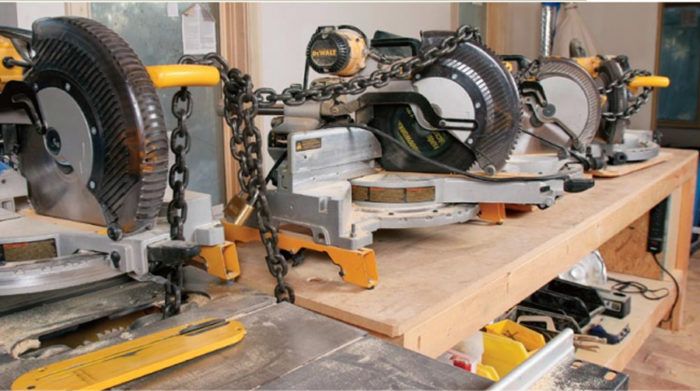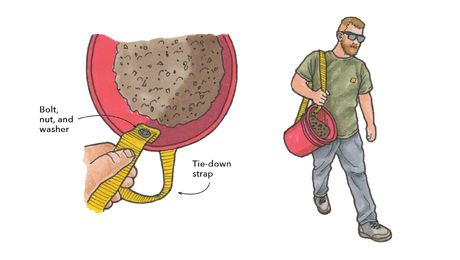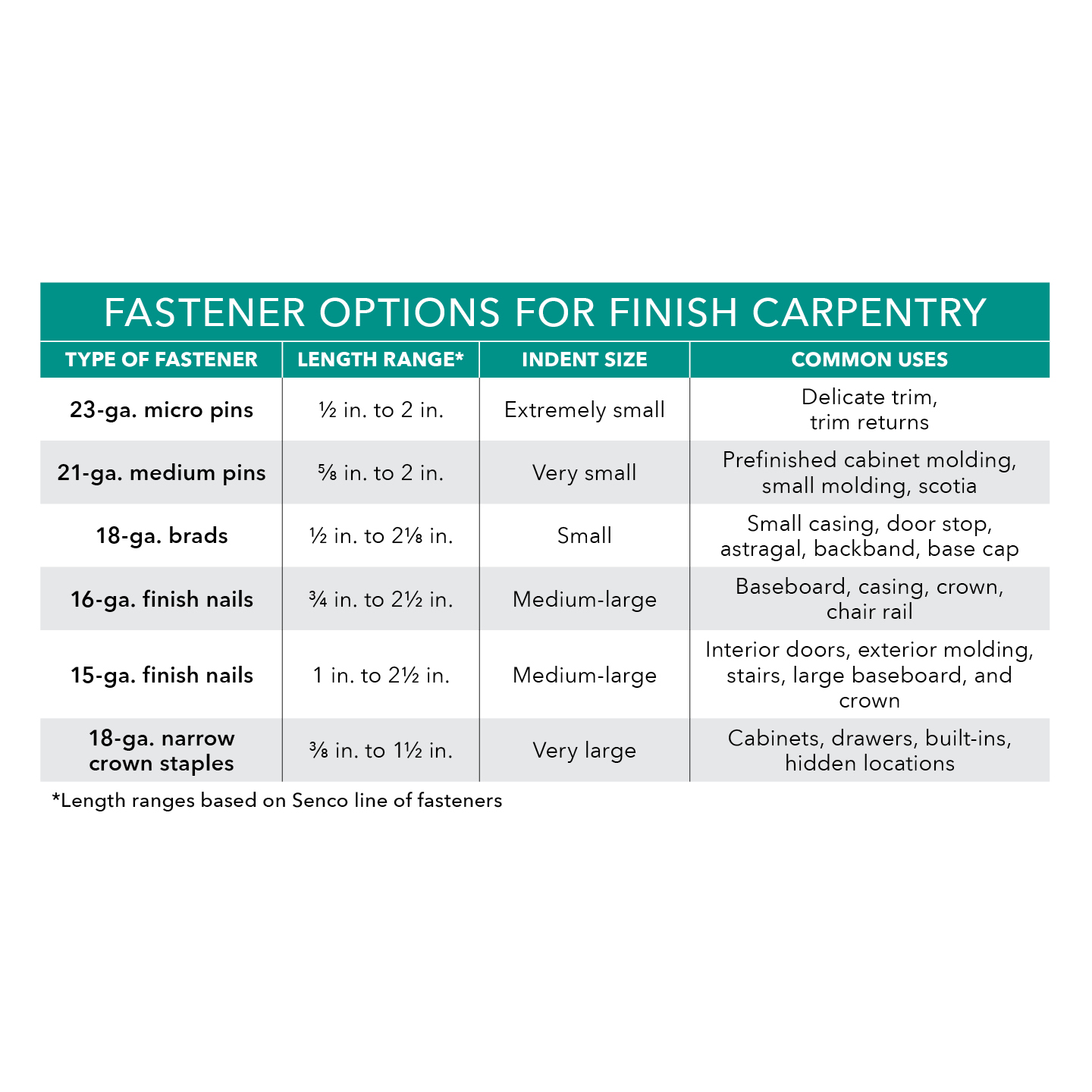Setting Up an Efficient Job-Site Shop
A veteran trim carpenter shares his strategies for improving productivity, precision, and security.

Synopsis: When builder Gary Striegler gets to a job site, he knows he needs to be smart to keep himself and his crew working smoothly. That’s how he developed a set of strategies for setting up an efficient job-site shop to improve productivity, precision, and security. Striegler sets up workstations to maximize productivity, and he uses a power pole to control lights with a single switch. Site-made worktables are versatile and provide hold-down hardware. And for security, a lockbox and a long chain keep portable tools and hand tools safe at night.
Before a house is dried in, each carpenter on a crew works fairly independently, moving from one task to the next with a tool bag, a circular saw, a nail gun, and a few hand tools. There’s room to move, even if a lot is going on. But after the drywall is up and the HVAC system is turned on, trim carpenters show up with hundreds of feet of trim to run, cabinets to install, and doors to hang. I’ve built enough houses over the past 30 years to appreciate how crazy things can get once the trim crew arrives.
To cope with this congestion and to promote as much efficiency as possible, I’ve developed a systematic approach to setting up a shop on a job site. My strategy focuses on separate workstations for common tasks, ample access to light and power, and features that enhance safety as well as security. Depending on the scale of the project, you might not need the full complement of equipment that my crew and I bring to a major finish carpentry job. But with a setup like ours, you can tackle just about anything, as we often do, including cabinet construction, custom closets, built-ins, and site-made wainscot paneling.
Power and light come first
Trim carpentry requires precise measuring and cutting. For that reason, the first thing we do when we arrive on a job site is string lots of temporary lights throughout the house. I’m a big believer in having plenty of light. It helps us to work safely and also enables us to do better work. To keep the floors clear and to prevent lights from being knocked over or damaged, we hang lights from the ceiling where possible as opposed to setting them up on stands.
We have two categories of job-site lighting: general and task lighting. General lighting combines with sunlight coming through windows and doors to provide a workable level of ambient light. For general lighting, the least-expensive system acceptable by OSHA standards consists of string lights that come with protective plastic cages over the bulbs. The lights I use, while not OSHA-compliant, have proven to be safe as well as inexpensive and easy to set up. At Lowe’s, you can buy all of the ingredients for a typical shop-light system for about $60: 10 plastic light sockets, 100 ft. of 14-ga. extension cord, and rubber-coated 60w bulbs (for extra safety).
I’ve tried plenty of different task-lighting setups over the years. Although halogen lights mounted on metal stands have their place on the site, we use them sparingly. They require a lot of electricity, the stands can be tipped over, and the halogen bulbs produce an unpleasant amount of heat. As an alternative, I prefer inexpensive, dome shaped clip-on lights. Most of the time, we hang them directly above the tablesaw, the miter saw, and the workbench.
For more photos and details on efficient job site set-up, click the View PDF button below.

























